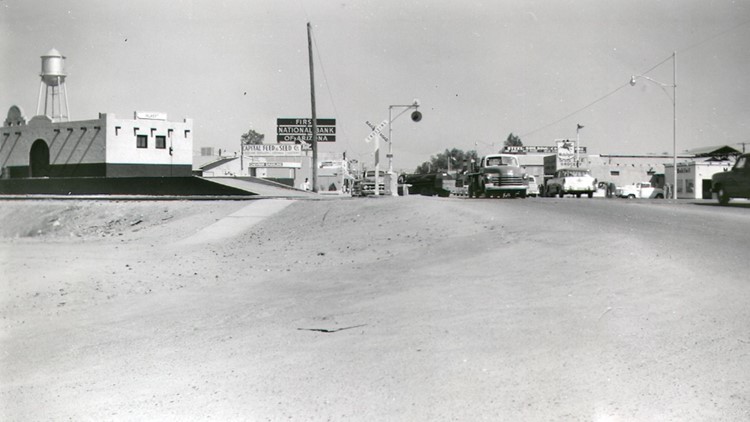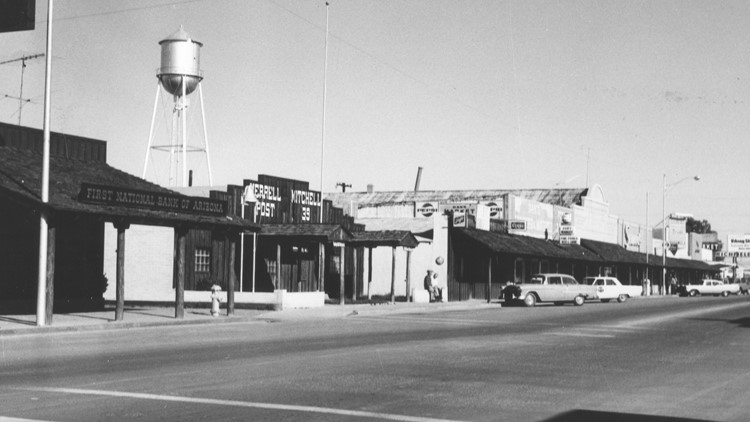GILBERT, Ariz. — Gilbert residents are often quick to correct anyone that calls their town a city. Because, even with a population that almost outstrips St. Louis, Missouri, Gilbert isn't a city.
It's a town: the largest town in America, according to the United States Census Bureau. Gilbert was a late-bloomer compared to its neighbors, like Glendale and Scottsdale, but its explosive growth over the last 30 years quickly outsized both cities.
Previously saddled with worries of "blighted" economy and scarce investment opportunities, Gilbert managed to buck the common trappings of being a town surrounded by cities.
So how did a town of roughly 5,000 known as the "Hay Shipping Capital of the World" go from a small spur on a burgeoning railroad to the largest town in the country? And does its status as a town actually make a difference?

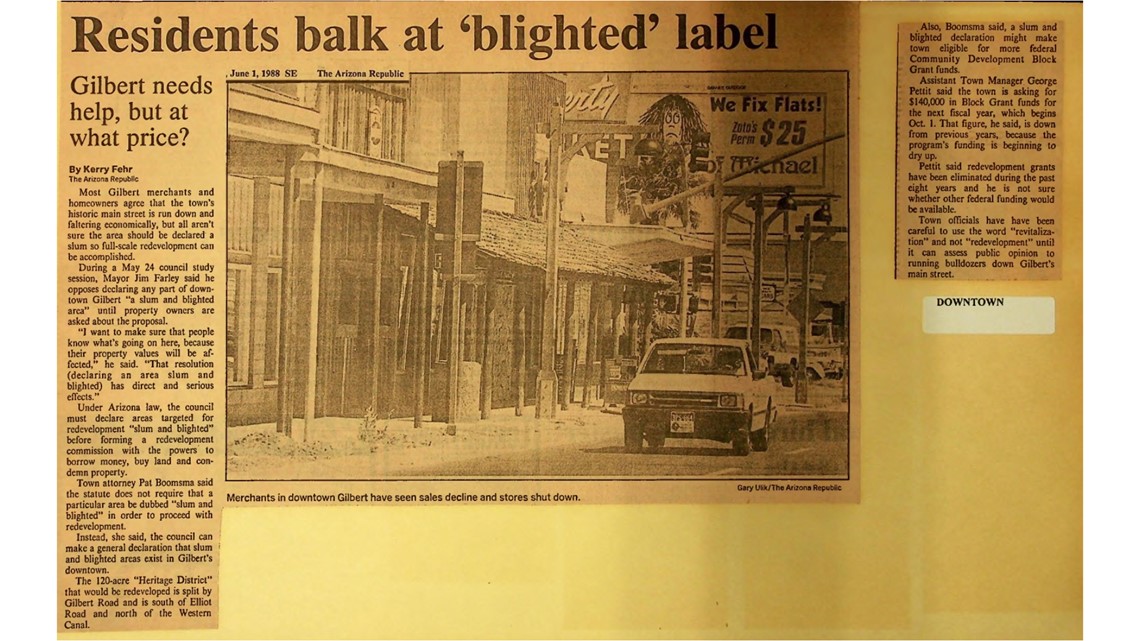
>> Download the 12News app for the latest local breaking news straight to your phone.
The influence of 'a war that was fought on horseback'
When the Arizona Eastern Railway sought to link Phoenix to Pinal County it needed to pass through William Gilbert's land. Just southeast of Phoenix and surrounded by farms, the land was the prime spot for a spur where cars could load and unload their cargo.
Gilbert agreed to provide his land on one condition -- that the spur be named after him. So in 1902, the company built their railroad and businesses began to crop up around the spur.
A few years later, several Mormons displaced from Mexico settled in the area, more people came to work the farmland, and by 1912 the community had its own post office. But it was World War I that really put Gilbert on the map.
"That was a war that was fought on horseback," Denise Lopez, HD South's President and CEO explained. "So you needed, as a cavalry war, food for your stock, for your horses, and your cattle and your mules and that sort of thing. Because this was such a predominant and productive area when it came to alfalfa, we sent more alfalfa out of here than anywhere else.
"In fact, in World War I, Gilbert was known as the 'Hay Shipping Capital of the World,'" she said.
A glimpse into Gilbert history
Gilbert was incorporated as a town in 1920. Its population, however, didn't reflect its WWI importance. The town didn't even have 2,000 residents until 1970, according to the United States Census. But by that point in time, Gilbert's neighbors were growing,
"In 1975, the mayor at the time, who was Dale Halleck, he and the town council really saw the need for Gilbert to protect its boundaries," Lopez explained, "And by protecting, I mean he saw Mesa coming in, he saw Chandler coming in -- they were moving in and if Gilbert didn't do something soon, then there would be no Gilbert."
'A 30-year overnight sensation'
Look at a map of Gilbert's town boundary. It's weird, isn't it? All jagged and stair-stepping down the western edge. Some areas slope in on themselves. One section in the southeast looks like a bite was taken out of it. Why is that?
In the 70s, Mayor Halleck went on a campaign of annexation. As Lopez tells it, he and his councilmembers went door-to-door with every farmer in the area to ask if they wanted to be part of the Town of Gilbert.
Some agreed, some didn't, and their decisions shaped the town's unusual borders. More importantly, Gilbert now had roughly 50 square miles to work with. By 1980, the town sat at a respectable 5,700 residents.
"We only had one streetlight in Gilbert until 1983," Lopez said.
When the Superstition Freeway's connected to Gilbert Road in 1981, the town became a comfortable option for people to live in while working in Phoenix's urban center. And people swarmed the tiny town.
By 1990, the number of residents had grown fivefold to roughly 29,100 people. The adjustment came with some growing pains.

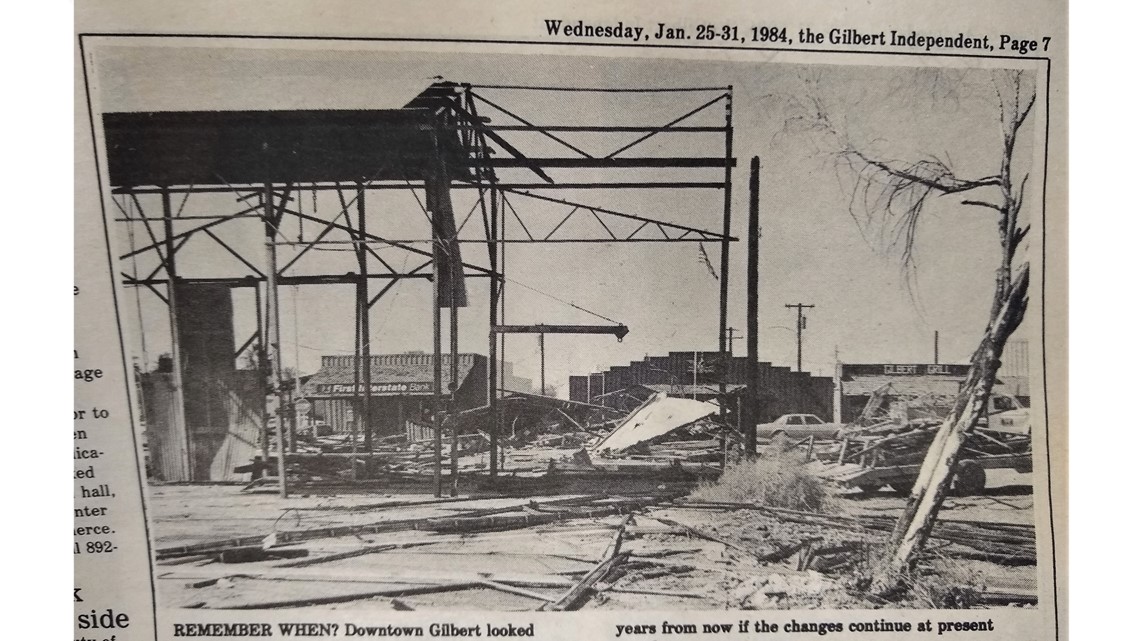
"When I moved here in 1995, I think there were somewhere between 55... 56,000 people. And today, we're talking 282,000 people," Gilbert's current mayor, Brigette Peterson said.
She described how concerned residents pushed to slow the growth, stop new developments, and feared that Gilbert would lose its status as a small town. And those fears weren't unfounded.
By 2000, Gilbert's population sat at roughly 109,700 people. By 2010 it had nearly doubled to around 208,500 people. As of 2022, Gilbert is home to 275,346, according to the U.S. Census Bureau. Analysts expect the town to have around 306,700 people by 2030.
"It was, as we like to say, a 30 year overnight sensation because it took that long to get to the point that we're at today," Peterson said.
"I think it's important for people to realize how much pressure our leaders were under," Lopez said of those explosive years. "There was so much growth, and we had to keep up with the infrastructure."
Peterson says that the city was able to install more modern infrastructure than most of its Valley neighbors. Better roadway materials, buried electric lines and more modern piping are some of the things Peterson said Gilbert uses to stay ahead of the curve.
But there was one thing Gilbert never got around to: incorporating as a city.
Does it make a difference?
Despite its runaway growth, Gilbert never voted on whether or not to become a city, and as such remains a town. Does that distinction make a difference for Gilbert?
In short, no... But also yes.
Mayor Peterson didn't shy away from the fact that Gilbert used to struggle to attract investors. When people think 'town,' they think tiny.
"When I was elected to town council, back in 2015, my friends back East were like 'Oh that's so cute, she was elected to her town council,'" Peterson said. "When I went back and told them how big our community was, so many people were shocked."
In the 80s, local publications reported on anxieties residents had about lackluster funding. These days, Gilbert has no issue attracting new business -- occasionally to the locals' chagrin. So is there anything they lose out on by not incorporating as a city?
Only cities are permitted to split into districts, which means that residents in a town can't elect a councilmember to represent their area specifically. Instead, the town holds "at large" elections which means that elected officials represent the entire town.

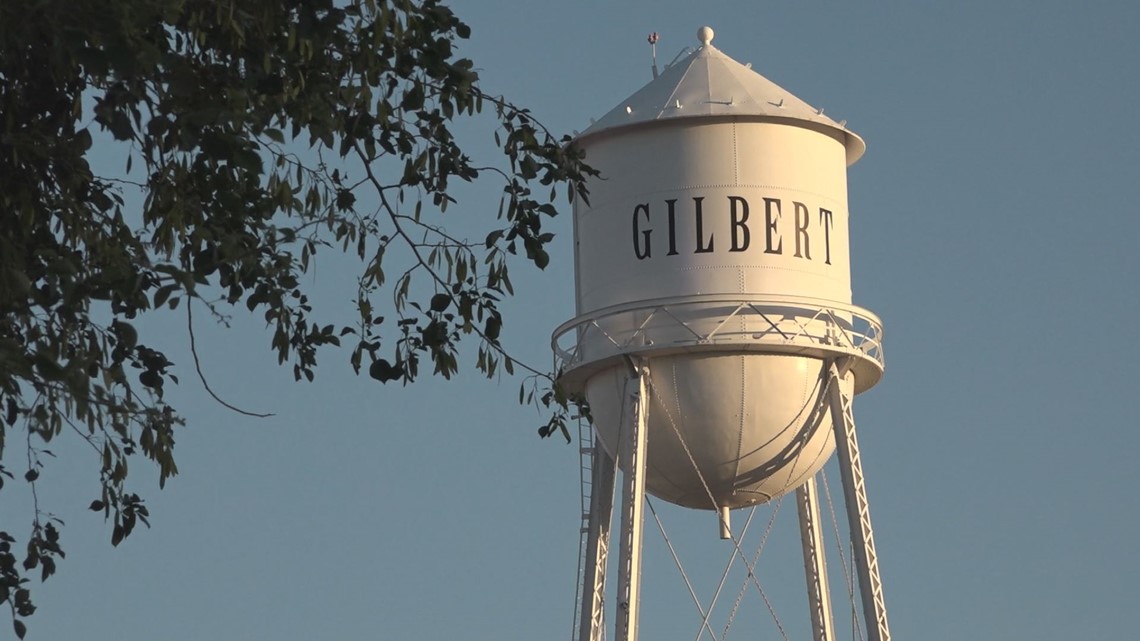
"Residents are so used to moving here from other parts of the country, where they have a councilmember that is dedicated to their district," Peterson said. "Well, here they have six."
Secondly, only cities are allowed to adopt charters -- essentially constitutions for the city that residents choose. These give the city more legislative control over municipal affairs. Of Arizona's 91 cities, only 19 have charters. They're not necessary for a city, but can be a helpful tool.
Ultimately, being a town instead of a city poses few legal obstacles for Gilbert. But from a public perspective, it's a question of identity.
"You know, we're still a small town. We still really harbor that small town feel, which is really important to our residents and our community here," Lopez said.
When Gilbert's centennial came and went in 2020, incorporation as a city wasn't on the table.
"We are staying a town as far as I'm concerned," Peterson said. "I haven't had anyone come up to me and ask us if we would like to change to a city."
WE ❤ ARIZONA
Explore amAZing people, places and things across our state on our 12News YouTube playlist here.





